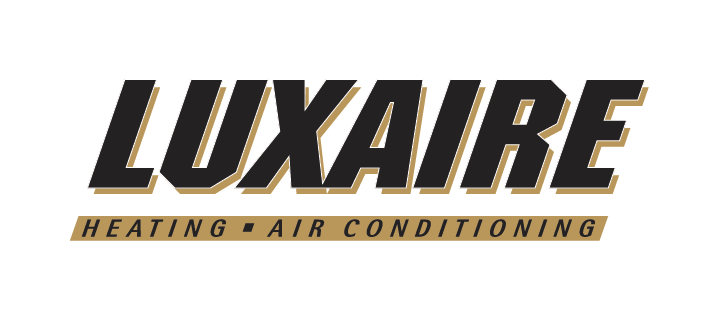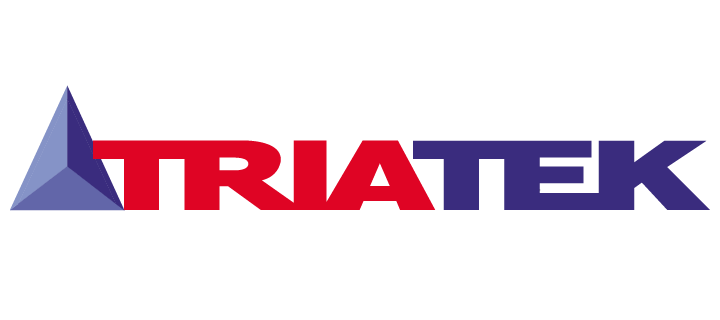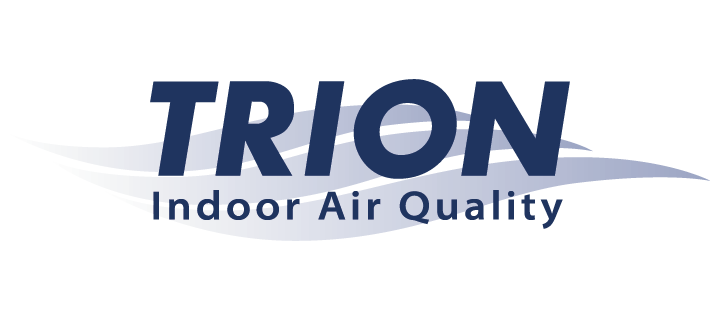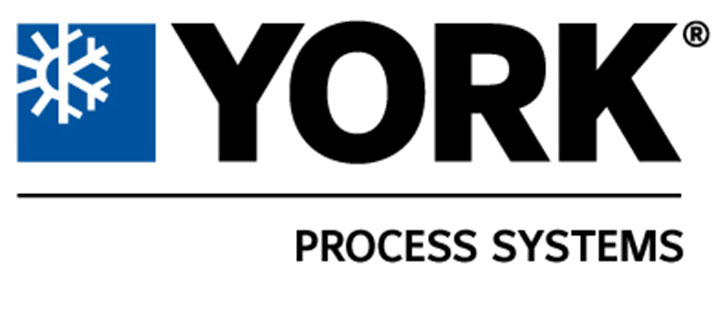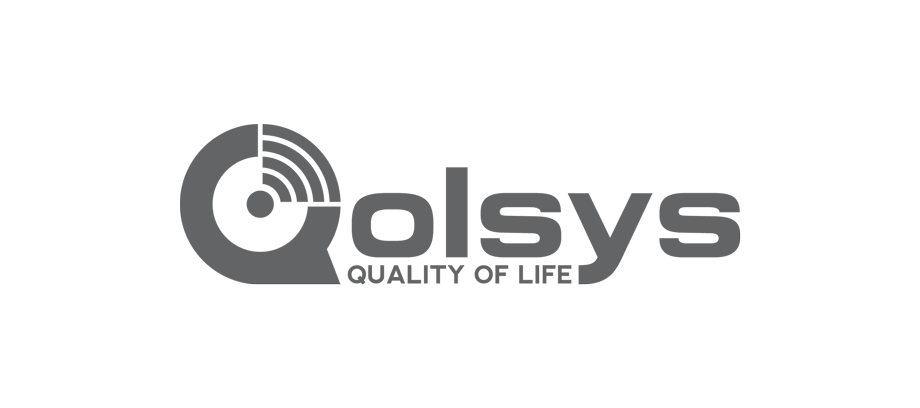Is your rooftop unit ready for wind or seismic events?
These days, rooftop units (RTUs) are expected to be efficient, flexible, reliable and easy to service. And we’ve spent years perfecting those attributes in our Johnson Controls single-packaged rooftop units. But another, less frequently discussed attribute of a well-designed rooftop unit concerns its ability to provide peace of mind during wind, rain, sun and even occasional seismic activity.
Codes Make the Difference
Since rooftop units are exposed to outdoor elements that can be quite severe, standards have been developed to help provide peace of mind during these naturally occurring events. The American Society of Civil Engineers (ASCE) and Structural Engineering Institute (SEI) code 7-16 contains information about the influence of loads that can occur in structures – including those generated from wind and seismic events. In addition, International Building Code (IBC) standards and the Office of State-wide Health Planning and Development (OSHPD) requirements provide guidelines for essential facilities, including hospitals, police stations and emergency shelters. Seismic activity can vary widely based on geographic location, and the specific requirements can also vary by building type. The goal of many of these standards for both wind and seismic activity is to help ensure rooftop units can withstand the forces of an earthquake while maintaining structural integrity and providing ongoing, functional operation.
The Right Foundation
There was a time when a rooftop unit didn’t have to be firmly attached to a structure – after all, rooftop units are quite heavy. However, nature has proven to be the superior force, and recent disasters have proven that wind and seismic events can displace rooftop units, moving them off their curbs. Today, various standards and requirements exist, and licensed engineers must certify that both the curb and the rooftop unit meet applicable building codes. In most cases, this involves determining what codes are applicable for a project, identifying the wind and seismic loads the unit and curb must withstand and then specifying requirements for the attachment hardware between the rooftop unit and the curb. In order to withstand the tension, shearing and lifting forces imposed by a storm, both the rooftop unit and the curb – including the attaching hardware – must be designed for load and lift potential. Only then will the forces be safely transferred into the building structure.
Safety by Design
Across the country, states have adopted the IBC and ASCE/SEI 7-16 codes for both wind and seismic load events. Johnson Controls has a high-performance rooftop product portfolio with options to meet or exceed all IBC, ASCE/SEI 7-16 and related guidelines while providing class-leading, standard-efficiency levels. To learn more about how rooftop units are designed to provide peace of mind during wind and seismic events, download your free copy of the complete Variable Air Volume (VAV) Application Guide for Rooftop Units.





